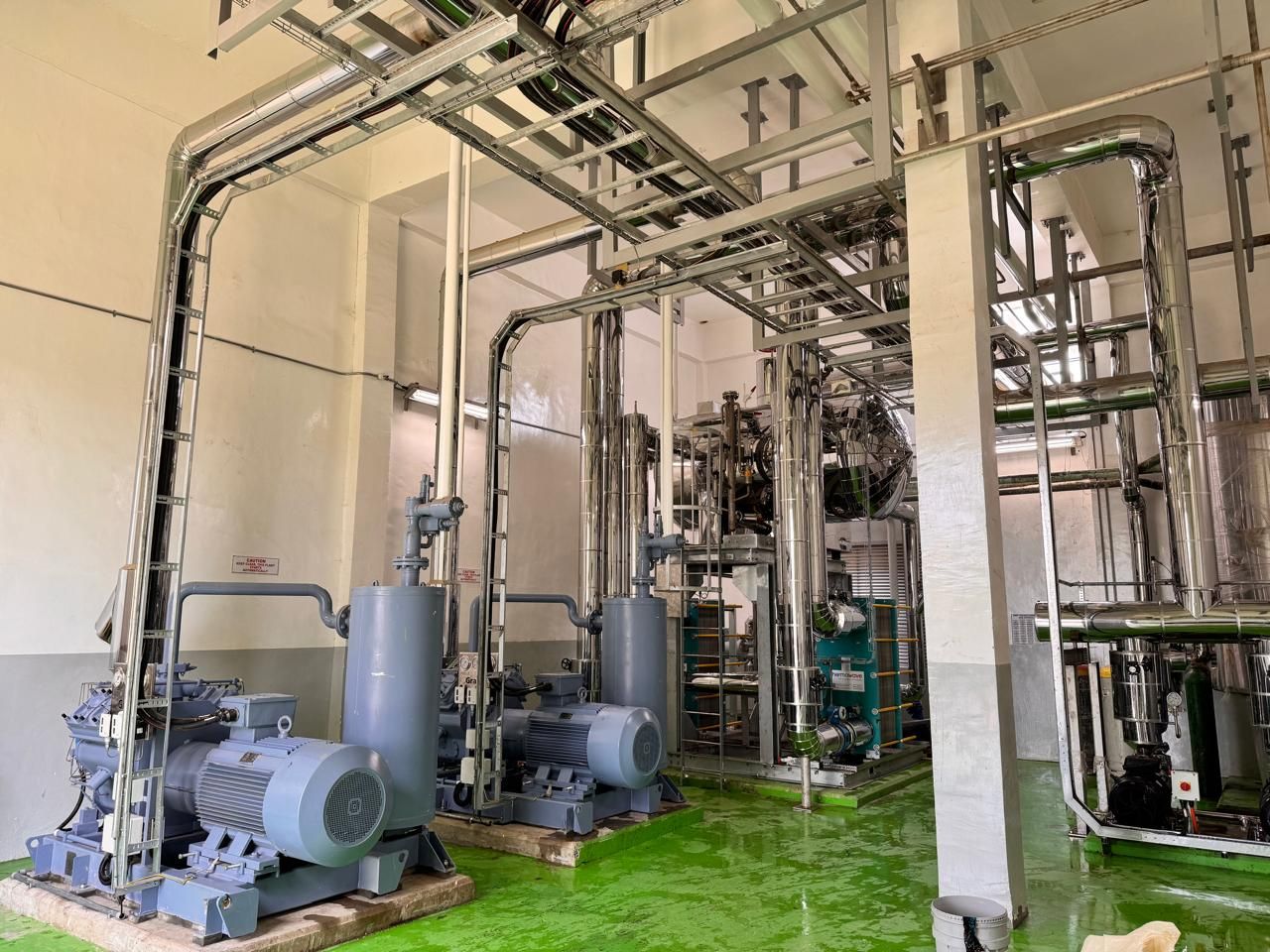Contact Us

Have questions or need assistance with your industrial refrigeration needs?
Our team of experts is ready to help you find the perfect solution for your requirements.

Have questions or need assistance with your industrial refrigeration needs?
Our team of experts is ready to help you find the perfect solution for your requirements.
March 2025

Client: Confidential (Beverage Industry)
Project: Ammonia Refrigeration Plant – Bottling Facility, Kenya
Scope: Electrical Reticulation, Control Wiring, Commissioning Support
Systems: GEA Screw Compressors, E+E Sensors, Ammonia Gas Detection, Control Panel Wiring
Team: CSES + Local Engineering Partners
Date: March 2025
Our team was engaged to support the reticulation and commissioning of a new ammonia-based refrigeration plant for a leading bottling company in Kenya. This facility handles critical cold storage and process cooling functions and required precise wiring and signal integration across compressors, pumps, valve stations, fan coils, and gas detection systems.
The project scope focused on commissioning the entire electrical reticulation — from field devices to panel terminations — and ensuring every signal was mapped, routed, and tested correctly before handover to the OEM control team.
This plant operates on NH₃ (ammonia), a high-efficiency but high-risk refrigerant. The complexity of integrating gas detection alarms, fail-safes, and remote shutoff mechanisms added a layer of technical precision beyond standard reticulation.
With hundreds of terminations across multiple panels, and a compressed handover deadline, our task was to:
• Wire and terminate control cabling for all field devices.
• Ensure signal integrity for 4–20 mA analog devices, digital feedback loops, and interlocks.
• Work closely with the OEM to verify that all I/Os landed correctly, especially those related to safety-critical ammonia systems.
The commissioning process was broken into three zones:
1. Compressor Room – GEA screw compressors, oil separators, pump-out systems.
2. Cold Store & Valve Stations – Fan coils, AME actuators, solenoid and EEVs.
3. Gas Detection Network – Distributed ammonia sensors wired to a central controller with emergency interlocks.
Every termination was mapped on the panel drawings, and a systematic signal test was performed using loop simulators, digital multimeters, and test software provided by the OEM.
• Analog Loop Drop on E+E Humidity Sensor
✔ Fix: Found an earthing issue at the junction box. Resolved by isolating signal ground and rerouting shielding.
• Solenoid Coil Overload on Valve Station 3
✔ Fix: Incorrect fuse size installed during early install. Swapped for correct rated inline fuse.
• Ammonia Detector Offline (Sensor 4)
✔ Fix: Signal not reaching controller. Discovered pinched cable inside steel conduit — rewired with new cable.
• Emergency Interlock not triggering fan shutdown
✔ Fix: Interlock contact landed on a normally open input rather than normally closed. Corrected and re-tested.
All systems were fully commissioned and signed off for handover. The ammonia detection system now correctly shuts down fans and isolates valves on alarm, while the compressor and pump networks respond to real-time demand and operator control inputs from the OEM HMI.
Final testing confirmed 100% I/O verification, with full mapping handed to the control vendor for system logic implementation.
This project highlighted the importance of robust electrical reticulation in ammonia-based systems. Even minor errors in wiring can lead to safety-critical failures or plant downtime. Our attention to detail and methodical testing ensured a smooth commissioning process — giving our client peace of mind and a rock-solid foundation for long-term operation.